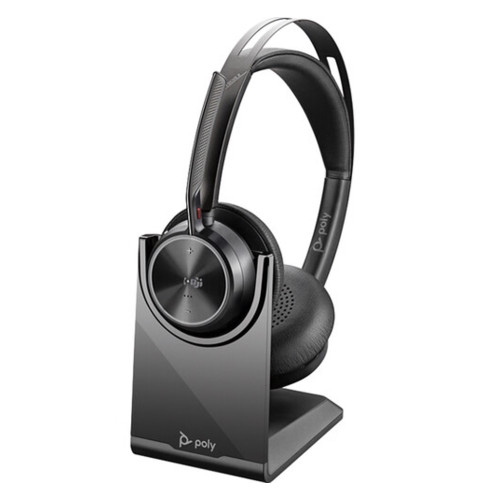
Poly Voyager Focus 2 UC, Stereo Bluetooth Headset, Charge Stand, USB-A, For Deskphone, PC, Mobile
Plantronics
A$512.23
- SKU:
- 213727-01
- Availability:
- Same Day Shipping
- Weight:
- 0.02 LBS
- Shipping:
- Calculated at Checkout
Essential Accessories
Details Hide Details Show Details
Videos Hide Videos Show Videos
-

Poly Voyager Focus 2 - Comfort Demo
Learn more about the wear-it-all-day comfort of the Voyager Fo...
-

Poly Voyager Focus 2 - Acoustic Fence Technology Demo
Learn more about Poly's Acoustic Fence technology on the Voyag...
-

Poly Voyager Focus 2 - Active Noise Canceling Demo
Learn more about Poly's Advanced Digital Hybrid Active Noise C...
-

-






















